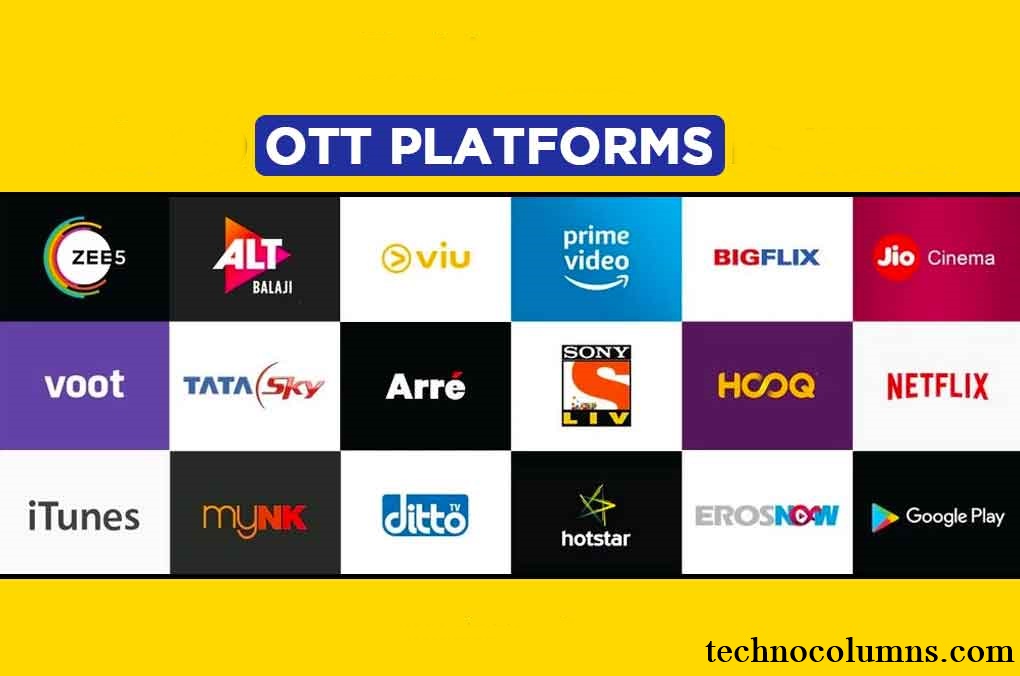OTT (Over the Top) Platform
Over-the-top (OTT) platforms have basically changed the scene of entertainment consumption, and now the content is delivered directly to users over the internet, bypassing traditional cable and satellite subscriptions. This comprehensive exploration will explore into the definition, evolution, and impact of OTT platforms, accompanied by a detailed examination of notable examples that have played essential roles in shaping the current digital entertainment scene.
Definition and Evolution

OTT platforms represent a various collection of services, about video streaming, audio streaming, and messaging applications. However, it is within the land of video streaming that these platforms have made the most significant impact. The origins of OTT can be traced back to the early 2000s when the improvement of internet speeds made it possible to transmit large amounts of data effortlessly. One of the leaders in this field was Netflix, initially established as a DVD rental-by-mail service in 1997 before transitioning to a streaming model in 2007, marking a standard shift in the way people consumed entertainment.
This change indicated the onset of a new age, starting the rise of various OTT platforms. Amazon Prime Video, launched in 2006, quickly rose to prominence, offering a diverse library of content coupled with the advantages of its e-commerce ecosystem. Concurrently, Hulu, a joint venture among major media companies, introduced an ad-supported model to streaming, challenging the conventional subscription-based approach. These platforms collectively disrupted traditional television broadcasting, providing a cost-effective and flexible alternative for consumers.
Major Players and Market Dynamics
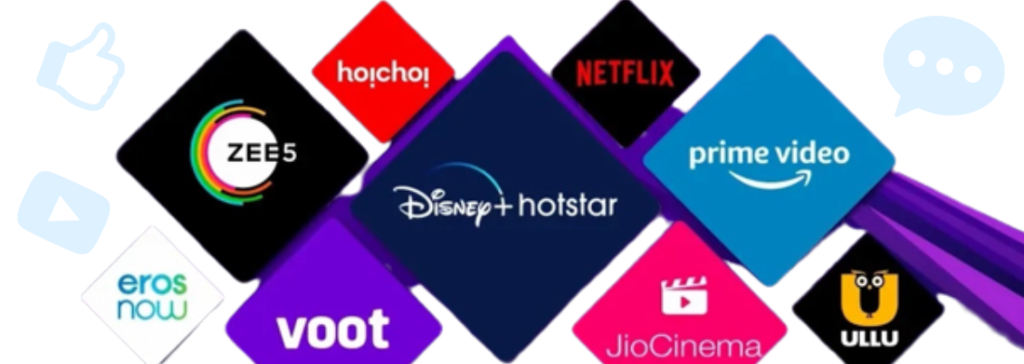
The success of Netflix opened the gates for other major players to enter the OTT field. Amazon Prime Video, Hulu, and later entrants such as Disney+ and HBO Max, each brought unique content libraries and business models, increasing competition and offering consumers an unparalleled collection of choices. Disney+, launched in 2019, quickly gained traction by leveraging its extensive catalogue of Disney, Pixar, Marvel, Star Wars, and National Geographic content. HBO Max separated itself by combining HBO’s premium content with a vast library of WarnerMedia properties, creating a compelling offering for subscribers.
The global impact of OTT platforms extended further with the entry of international players. In regions like India, platforms such as Hotstar (now rebranded as Disney+ Hotstar) catered to the diverse tastes of the massive audience, showcasing the flexibility of OTT services to different cultural backgrounds. China, with platforms like iQIYI and Tencent Video, emerged as a significant player in the Asian market, demonstrating the global nature of the OTT revolution.
Diverse Content and Original Productions
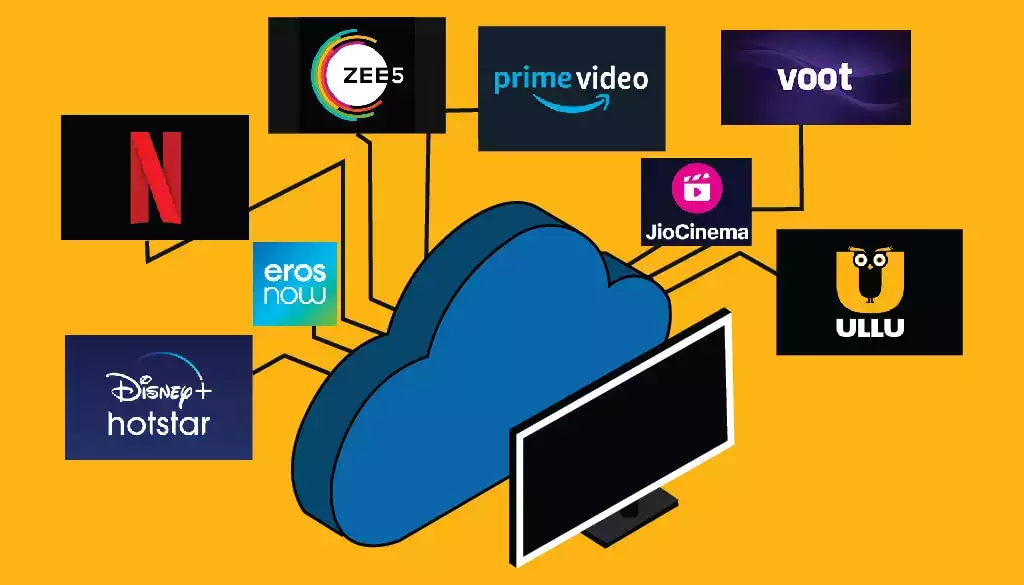
OTT platforms expanded their content libraries to cater to a wide range of preferences. Original content, often referred to as “OTT originals,” became a strategic cornerstone for platforms looking to attract and retain subscribers. Hit series like Netflix’s “Stranger Things,” Amazon’s “The Marvelous Mrs. Maisel,” and Disney+’s “The Mandalorian” demonstrate the success of OTT original productions in attractive global audiences and generating serious praise.
The spread of OTT platforms has also redefined the dynamics of content production and distribution. These platforms often act as content creators, blurring the lines between traditional studios and streaming services. The emphasis on original content has driven substantial investments in production, transforming how stories are told and consumed.
Ad-Supported and Free Streaming
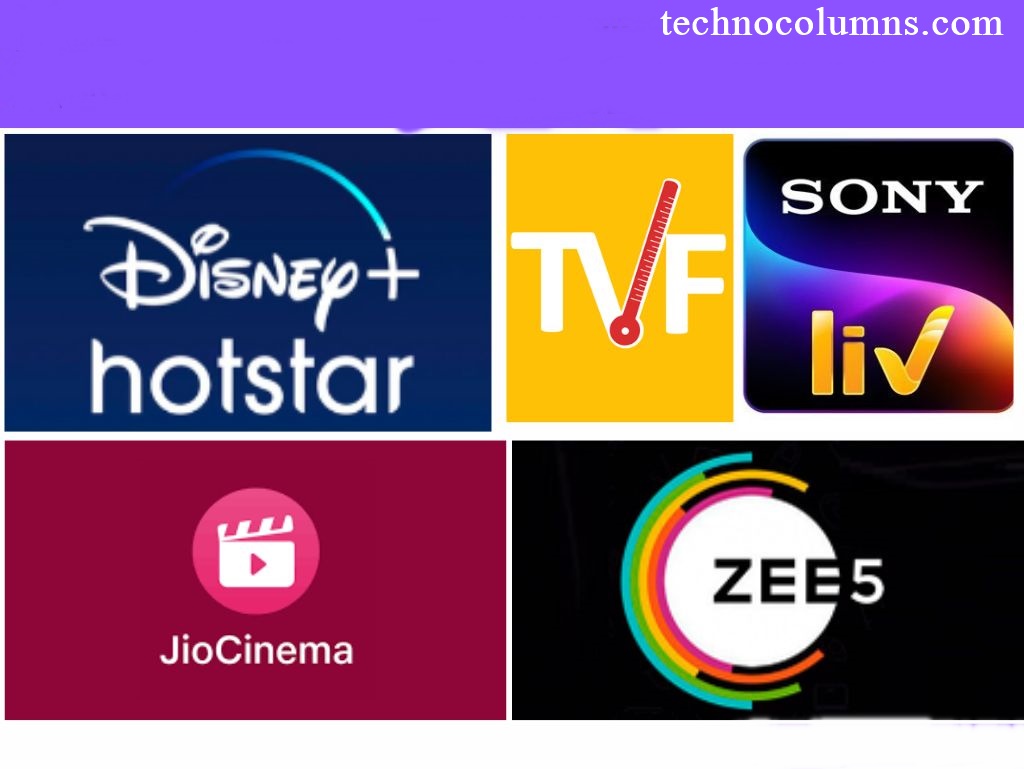
While subscription-based models dominate the OTT scene, ad-supported platforms like YouTube have played a crucial role in shaping user expectations. YouTube, with its vast collection of user-generated and professionally produced content, demonstrated the potential for ad-driven revenue in the OTT space. This realization led to the emergence of free, ad-supported streaming services that provide an alternative to subscription-based content.
Live Streaming and Interactivity
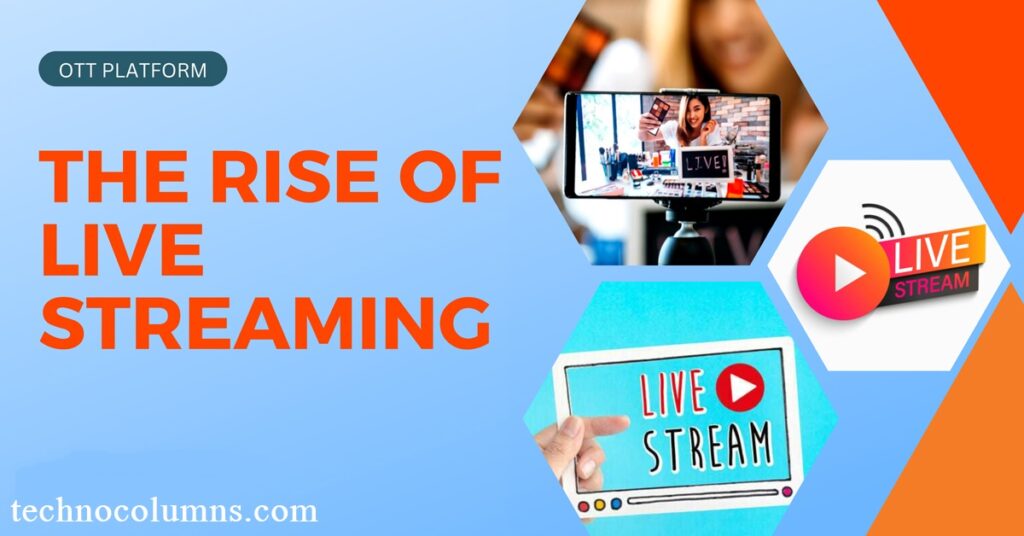
Beyond on-demand content, live streaming became an important feature of the OTT field. Platforms like Twitch and Periscope enabled users to broadcast live video content, promoting real-time interaction between content creators and their audience. Initially focused on gaming, Twitch expanded to include various categories, highlighting the flexibility of live streaming applications.
Challenges and Future Trends
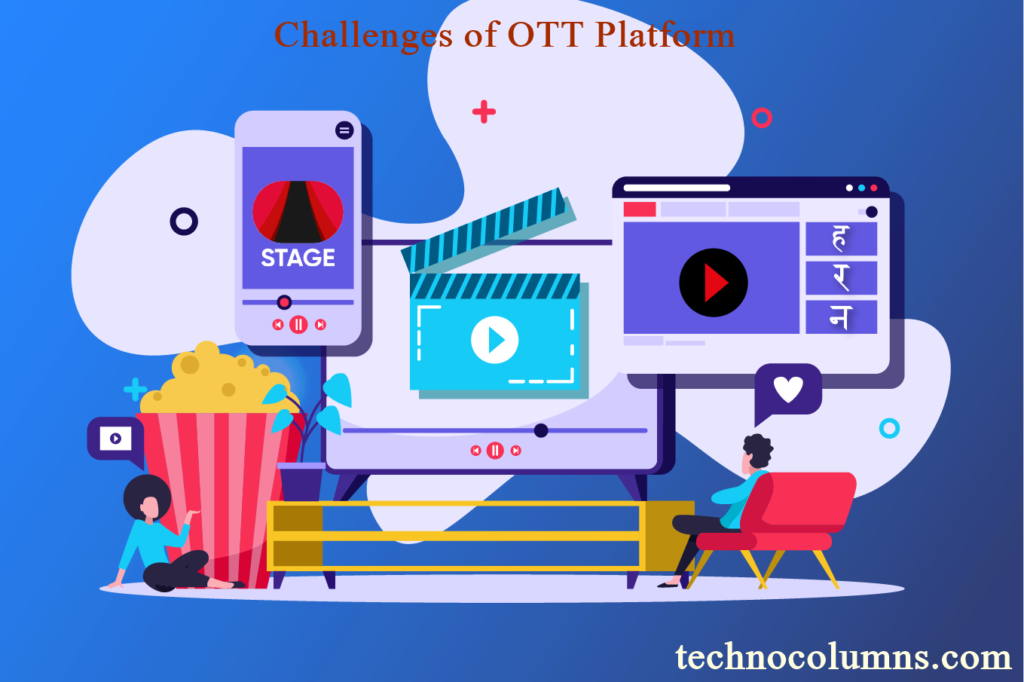
Despite the transformative impact of OTT platforms, challenges persist. Content piracy, subscription weakness, and regional licensing restrictions show the ongoing hurdles for the industry. Additionally, the emergence of new technologies, such as virtual reality (VR) and augmented reality (AR), promises to further revolutionize the viewing experience, presenting both opportunities and challenges for OTT platforms.
Conclusion
In conclusion, OTT platforms have not only changed how we consume media but have also meaningfully affected content creation, distribution, and viewer engagement. From the early days of Netflix to the current excess of options, the OTT field remains a dynamic and integral part of the ever-evolving media scene. As technology continues to grow and consumer preferences change, the future of OTT promises continued development, ensuring its relevance in the fast-changing world of digital entertainment.

